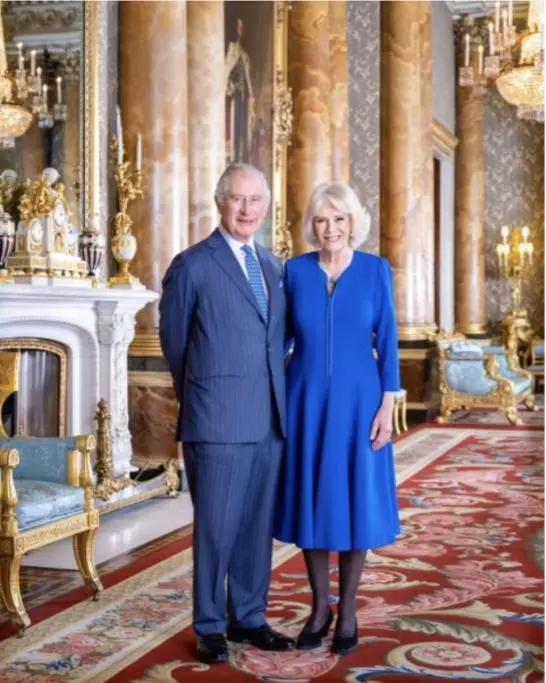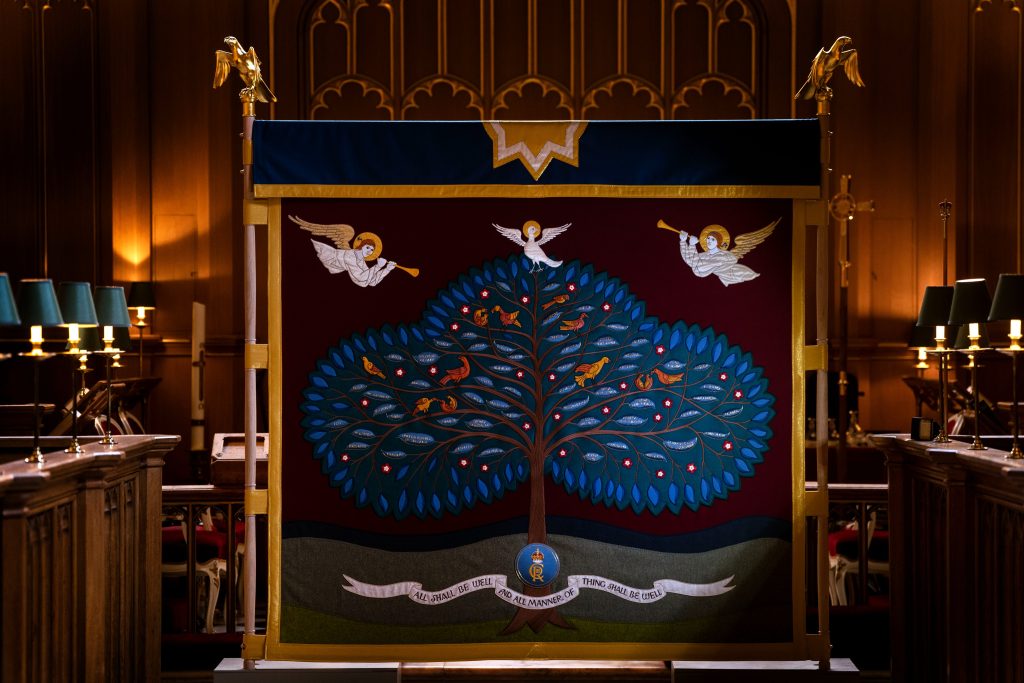
- Home
- News
- Analysis
- States
- Perspective
- Videos
- Education
- Entertainment
- Elections
- World Cup 2023
- Features
- Health
- Business
- Series
- Economy Series
- Earth Day
- Kashmir’s Frozen Turbulence
- India@75
- The legend of Ramjanmabhoomi
- Liberalisation@30
- How to tame a dragon
- Celebrating biodiversity
- Farm Matters
- 50 days of solitude
- Bringing Migrants Home
- Budget 2020
- Jharkhand Votes
- The Federal Investigates
- The Federal Impact
- Vanishing Sand
- Gandhi @ 150
- Andhra Today
- Field report
- Operation Gulmarg
- Pandemic @1 Mn in India
- The Federal Year-End
- The Zero Year
- Premium
- Science
- Brand studio
- Home
- NewsNews
- Analysis
- StatesStates
- PerspectivePerspective
- VideosVideos
- Entertainment
- ElectionsElections
- Sports
- Loading...
Sports - Features
- BusinessBusiness
- Premium
- Loading...
Premium

King Charles III's Coronation screen to have Commonwealth symbolism
10 mins read
The “anointing” cloth screen, which will be used for the most sacred part of the religious ceremony at the Coronation of King Charles III at Westminster Abbey in London on May 6, will have strong Commonwealth symbolism. According to Buckingham Palace, each of the member country names, including India will be sewn into the cloth fabric. The “anointing screen”, which was unveiled...
The “anointing” cloth screen, which will be used for the most sacred part of the religious ceremony at the Coronation of King Charles III at Westminster Abbey in London on May 6, will have strong Commonwealth symbolism. According to Buckingham Palace, each of the member country names, including India will be sewn into the cloth fabric.
The “anointing screen”, which was unveiled this weekend sported a central design of a tree with branches filled with 56 leaves representing the Commonwealth nations. The palace said that this reflects the 74-year-old monarch King Charles III’s “deep affection” for the organisation.
The anointing, historically regarded as a moment between the Sovereign and God with a screen or canopy in place given its sanctity, takes place before the crowning of a British monarch.

Aidan Hart, the designer and iconographer behind the project told the media that each and every element of the design on screen has been specifically chosen to symbolise aspects of this historic Coronation and the Commonwealth, from the birds that symbolise the joy and interaction among members of a community living in harmony, to the rejoicing angels and the dove that represents the Holy Spirit.
Also said: How Buckingham Palace averted a ‘Kohinoor side story’ ahead of King Charles’ coronation
During the anointing ceremony, the Dean of Westminster pours holy oil from the Ampulla into the Coronation Spoon, and the Archbishop of Canterbury anoints the Sovereign on the hands, chest and head. Ahead of the big day next Saturday (May 6), the screen was blessed at a special service of dedication at the Chapel Royal at St James Palace in London.
The individual leaves were embroidered by staff and students from the Royal School of Needlework, as well as the members of the Worshipful Company of Broderers, Drapers and Weavers.
It has been a wonderful collaborative project to be involved with, and an exciting celebration of craft techniques, said Anne Butcher, head of studio and standards at the Royal School of Needlework, adding that the leaves were a particular pleasure as they were worked on by multiple embroiderers.
The materials used to create the screen have also been sourced sustainably from across the UK and other Commonwealth nations, with the cloth made of wool from Australia and New Zealand and woven and finished in UK mills. The script used for the names of each Commonwealth country has been designed as modern and classical, inspired by both the Roman Trojan column letters and the work of Welsh calligrapher David Jones.
Also read: Street parties, concert, luncheons: How Britain will celebrate King Charles’ coronation
The palace revealed that the screen combines traditional and contemporary sustainable embroidery practices and has been gifted for the occasion by the City of London Corporation and City Livery Companies.
While many things have changed since the last Coronation, one thing that remains the same is the City’s unstinting loyalty to and support for the Monarchy, said Nicholas Lyons, the Lord Mayor of the City of London.
The screen is supported by a wooden pole framework, designed and created by Nick Gutfreund of the Worshipful Company of Carpenters, and the oak wooden poles are made from a windblown tree from the Windsor Estate, which was originally planted by the Duke of Northumberland in 1765.
“I’m so pleased we were able to use sustainable materials at the heart of the screen, including using a windblown tree from the Windsor Estate for the wooden frame,” said Project Lead Nick Gutfreund.
Also forming part of the Commonwealth tree are the King’s Cypher, decorative roses, angels and a scroll. The screen is three-sided, with the open side to face the High Altar in Westminster Abbey. The two sides of the screen feature a much simpler design than the front, with maroon fabric and a gold, blue and red cross.
It has been revealed earlier that the predominantly Christian Coronation ceremony will also have multi-faith elements, including a multi-faith procession and representatives of the Hindu, Muslim and Jewish faiths handing over key royal regalia to the King at the altar.

